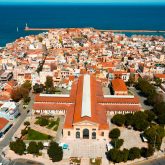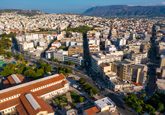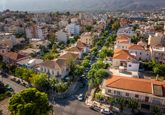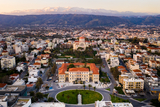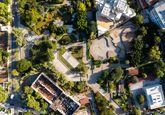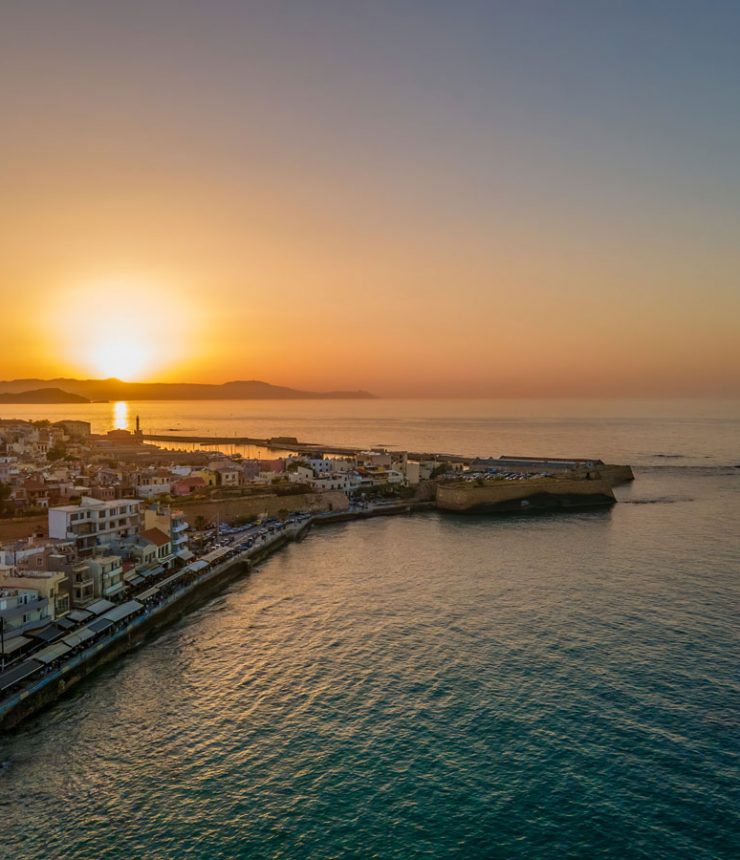Somewhere around the late 19th century, near the end of the Ottoman era, the increasing city’s population was suffocating within the limits of the Venetian Walls. Therefore the city began stretching out to the West, the East and mostly to the South. In 1870, the Turkish Chief Commander of Crete, Reouf Pasha, envisioned a city master plan of a Grand Walk for purposes of leisure and outdoor activities, beyond the Venetian Walls. Part of his daily routine, to walk towards a sandy area with a shady fig tree, gave him the inspiration to construct a City Garden (bahce) for everybody to enjoy some public, open, green space where cultural events could take place according to the European standards of the time. Exotic plants, trails paved with sand, pavilions and flowered arches lured the upper class to move outwards and to the new city grid where more space gave the opportunity for housing grandeur of European standards; let us not forget it was the beginning of the industrial era. Merchants, doctors, industrialists, architects and engineers started buying land and building neoclassical mansions on Nearchou St, A.Papandreou St, Tzanakaki St and Hroon Polytechniou St. and further to the East at Chalepa neighborhood.
The Municipal Garden was the flagship project that triggered a chain of landmark constructions that reshaped the urban landscape of the city of Chania. In 1893, during the last years of the Ottoman occupation, Michael Savvakis, mechanical engineer, was assigned the supervision of the large scale project on Freedom Square (Courts of Justice). Initially this grand scale building was to become the military hospital, however political turn of events, turned it into a juridical establishment. Its current state was completed in 1936. M. Savvakis mansion was on A. Papandreou St and is now called Despotiko, housing the Metropolitan Bishop of Kydonia and Apokorona. In 1911, on top of the Piatta Forma bastion, the Municipality of Chania decided to upgrade the Municipal farmers’ market and build a new grand market according to the designs of Marseille’s market, measuring 4.000sqm. The Market’s Grand opening took place on the 4th of December, three days after the unification of Crete with Greece, in the presence of the Greek Prime Minister Eleftherios Venizelos. 1866 Square, once called Square of the new stores, is the first square of the new extended modern city of Chania. Taking the name after the Cretan Revolution (1866-1869), the Square was built on the former Turkish graveyards and only testimony is the pentagonal fountain with the ornate floral decorations that was moved from the Mevlevi Tekke (a place of rest for the Darvish ottomans) in the Koumpe area. In 1866 Square, there are statues and busts of Cretan heroes and martyrs of the Cretan Revolution. Today 1866 Square offers shade and a place to cool off if you are heading to the Old Town or you are entering the modern city of Chania for a shopping spree.



